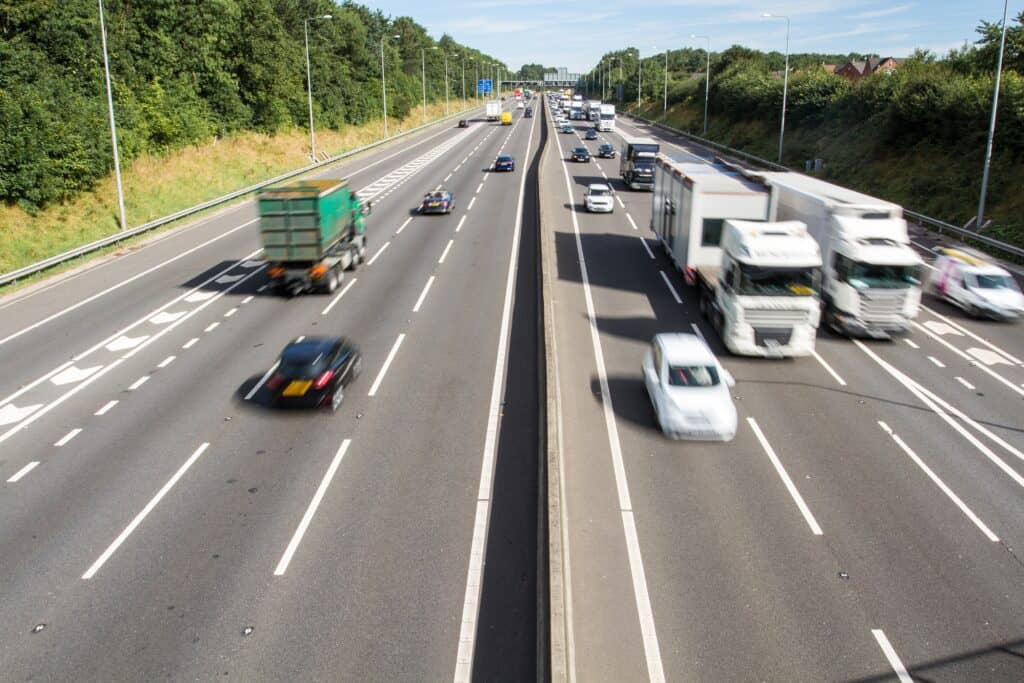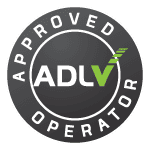
New And Expanded Clean Air Zones To Open
New Clean Air Zones are set to be introduced across the UK, with some existing zones also being expanded.
The long-mooted expansion to London’s ultra-low emission zone (ULEZ) has officially been given the green light, with the expanded zone set to cover the entirety of London from August 2023.
It’s set to mirror the current low-emission zone in covering all London boroughs in a bid to reduce congestion, encourage use of public transport, and improve air quality, as well as reducing emissions.
Clean Air Zones – What’s The Latest?
London’s expanded ULEZ will replace the current LEZ zone, with the charges for the ULEZ being expanded to cover the area currently covered by the low emission zone.
London is under pressure to reduce emissions and meet environmental targets, and even though nearly half of Londoners don’t own cars, pollution is still a significant issue.
That combined with air pollution and the associated health issues AND congestion in the capital has resulted in plans being laid out for an expanded ULEZ.
The news also comes at the same time that Bristol’s new Clean Air Zone launches, with cameras now switched on in the zone. The route includes areas around the Cumberland Basin and Portway, and new signage informing drivers that they are entering the Clean Air Zone has been installed.
Again, the main issue for Bristol’s local authority is the pressure to meet air quality targets by reducing emissions, particularly given the issue in city centres with the sheer density of traffic causing higher emissions.
The changes may well affect many fleets, particularly if London or Bristol (or many of the other cities across the UK installing and introducing Clean Air Zones) is an area they regularly operate in.
One potential solution that many fleets are looking at is turning to electric vehicles, given that their emissions standards will mean they’re usually compliant within Clean Air Zones. It is, however, important that you and your drivers know the specific rules for CAZ’s, LEZ’s, and ULEZ’s before driving in them, as well as the status of the vehicle that they’re operating.
All vehicles can be checked online using the gov.uk website.
What Does The Future Of Clean Air Zones Mean?
The installation and expansion of Clean Air Zones have a significant cost attached to them, which is why many local authorities are encouraging incentives.
For example, London’s scrappage scheme will make it easier for motorists in outer London to scrap older and polluting vehicles to switch to cleaner modes of transport or purchase newer, cleaner vehicles that are compliant with the ULEZ.
Clean Air Zones are already in operation in several cities, with even more looking to introduce them in the coming years, so fleet owners need to be aware of the advantage that having low-polluting or electric vehicles has.
Clean air zones have been highlighted as one of the top issues that fleets will face in the next 5 years, particularly as they become prevalent in areas around the UK.
How have clean air zones affected your fleet? Let us know in the comments below.

